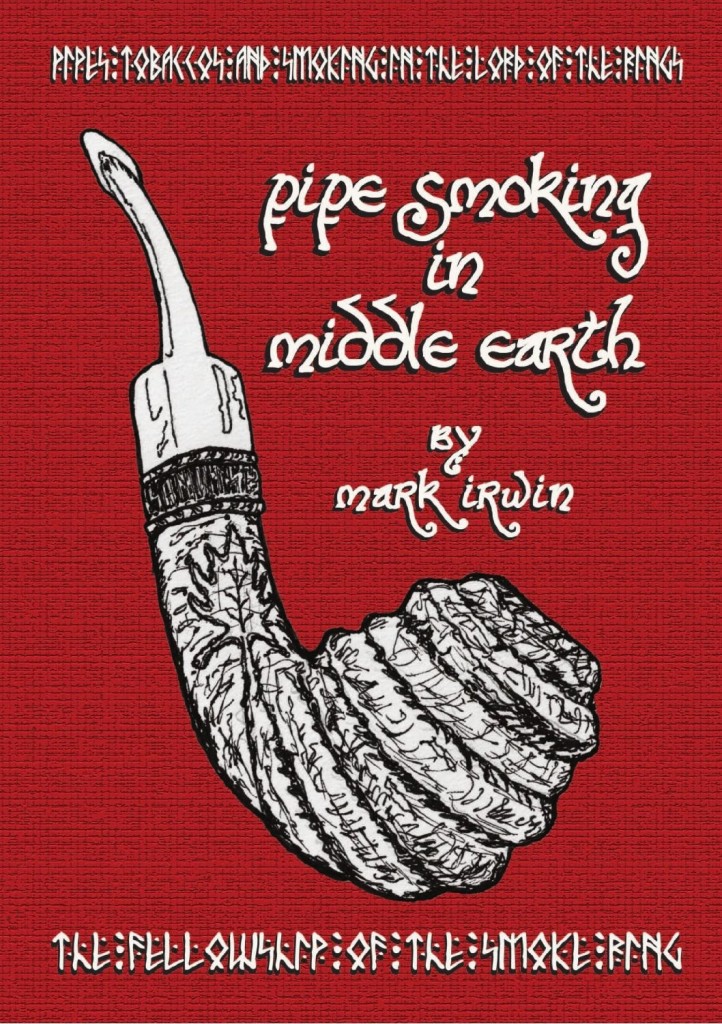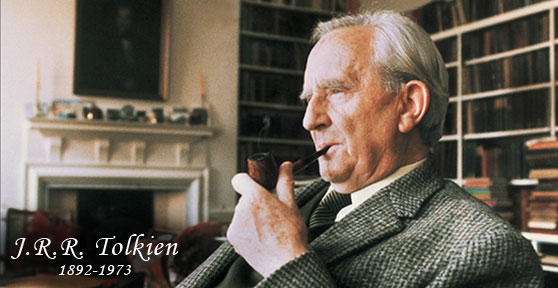There are only so many books on pipe smoking. While the vast majority are fantastic, many tend to cover the same topics: material types, break-in strategies, packing methods. You know, the necessities. I am incredibly grateful for those that have taken so much time to help illuminate such issues, but it’s not always what I’m looking for when I want to read about pipes.
 That’s why I could not resist when I saw Mark Irwin’s book about pipes in the Lord of the Rings (and only ten bucks!).
That’s why I could not resist when I saw Mark Irwin’s book about pipes in the Lord of the Rings (and only ten bucks!).
According to the back of the book, you should “Pack your pipe with your favorite blend, sit back and enjoy the first thorough exploration of Middle Earth’s pipes, tobaccos, and pipe smokers. Pipe Smoking in Middle Earth recounts the way Tolkien literally frames his Saga in smoke rings, then devotes subsequent chapters concerning what can be known and what can reasonably be inferred about pipeweed or leaf (tobacco), the pipes of Middle Earth, smoker’s equipage (or accessories), the fellowship of the smoke ring (the pipe smokers of The Hobbit and The Lord of the Rings) and the art of blowing smoke rings. It concludes with a complete concordance to every reference to pipes, tobaccos, and pipe smokers in Middle Earth.”
This tiny book, a mere 112 pages, is absolutely jammed with information about the pipes enjoyed by the hobbits, dwarves, men, and others who populate Middle Earth. Mr. Irwin clearly did a great deal of research, including citations for every single instances that he mentions. He even went to far as to analyze the recent movies (though I would hazard to say that he wasn’t the biggest fan).
Pipe Smoking in Middle Earth covers many topics, from the smoking habits of individual characters — a group Mr. Irwin affectionately calls the Fellowship of the Smoke Ring — to the preferences of different race, Tolkien’s own pipe, and even a page or two helping people learn how to blow smoke rings, an absolute necessity if you’re going to survive in Middle Earth.
Mark Irwin does not pull punches in his critique of Peter Jackson’s depiction of the books, particularly on the issue of pipe smoking. His main qualms seem to be about the amount of pipe smoking shown (not nearly enough) and the types of pipes shown (not accurate). Irwin cautions, however, that many others exaggerate the amount of pipe smoking in Lord of the Rings and that it is important to find balance.
The second half of the book is primarily references, where Irwin pulls out of the books (including The Hobbit) the most important mentions of pipe smoking and quotes them directly. This is very helpful for someone like me who has a Lord of the Rings related pipe-project going with Stephen Downie. One of my favorite parts of the last half of the book was a correspondence between Tolkien and a pipe-smoking fan, where the fan asks for more information about the pipes and tobaccos in the books, only to receive a classic Tolkien response.
The short book does repeat itself from time to time, giving the impression that the chapters were written independently, without regard for the content of the previous ones, thus leading to needless repetition. The book itself felt a little rushed, lacking some of the proper editing that will come with further editions.
On the whole, this little gem does a wonderful job wading through the sometimes never-ending writing of Tolkien to find the information concerning pipes and tobacco. If you’re a fan of Lord of the Rings or just want to learn more about pipes in popular culture, you should not pass this book up. After all, it will probably only take an hour or two to read!



 Subscribe to RSS feed
Subscribe to RSS feed